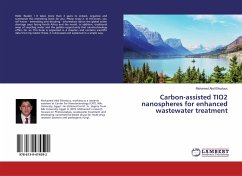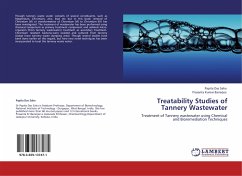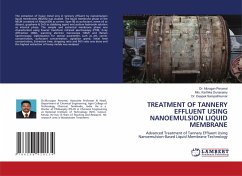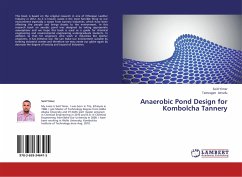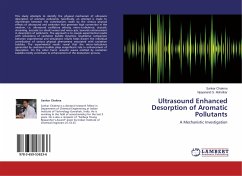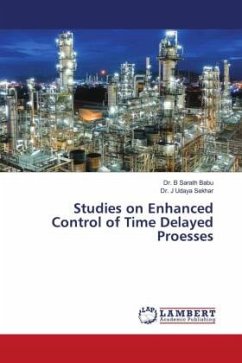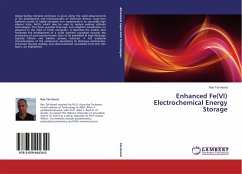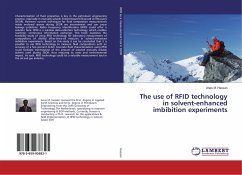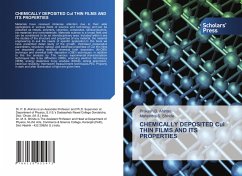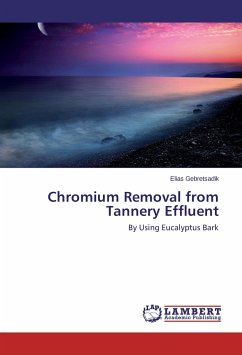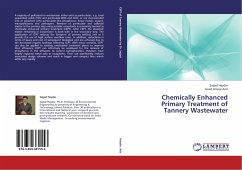
Chemically Enhanced Primary Treatment of Tannery Wastewater
Versandkostenfrei!
Versandfertig in 6-10 Tagen
55,99 €
inkl. MwSt.

PAYBACK Punkte
28 °P sammeln!
A majority of pollutants in wastewater either exist as particulates, e.g. total suspended solids (TSS) and particulate BOD and COD, or are incorporated into or adsorbed onto particulates like phosphorus, heavy metals, organic micropollutants and pathogens. Removal of particulate and colloidal matter in the primary step using suitable coagulants is commonly termed as chemically enhanced primary treatment (CEPT). After CEPT, the dissolved matter remaining in wastewater is dealt with in the secondary step. The application of CEPT reduces the footprint of primary settling unit as it permits the us...
A majority of pollutants in wastewater either exist as particulates, e.g. total suspended solids (TSS) and particulate BOD and COD, or are incorporated into or adsorbed onto particulates like phosphorus, heavy metals, organic micropollutants and pathogens. Removal of particulate and colloidal matter in the primary step using suitable coagulants is commonly termed as chemically enhanced primary treatment (CEPT). After CEPT, the dissolved matter remaining in wastewater is dealt with in the secondary step. The application of CEPT reduces the footprint of primary settling unit as it permits the use of high surface overflow rates. In addition, reductions in terms of space and cost of subsequent biological unit are achieved due to the decreased organic loadings following CEPT. With minor retrofits, CEPT can also be applied to existing overloaded treatment plants to improve their efficiency. CEPT can effectively be employed for the removal of phosphorus in the effluents to control eutrophication. Polymers have largely replaced metal salts as coagulants. Their use significantly reduces associated sludge volumes and result in bigger and compact flocs which settle very rapidly.



